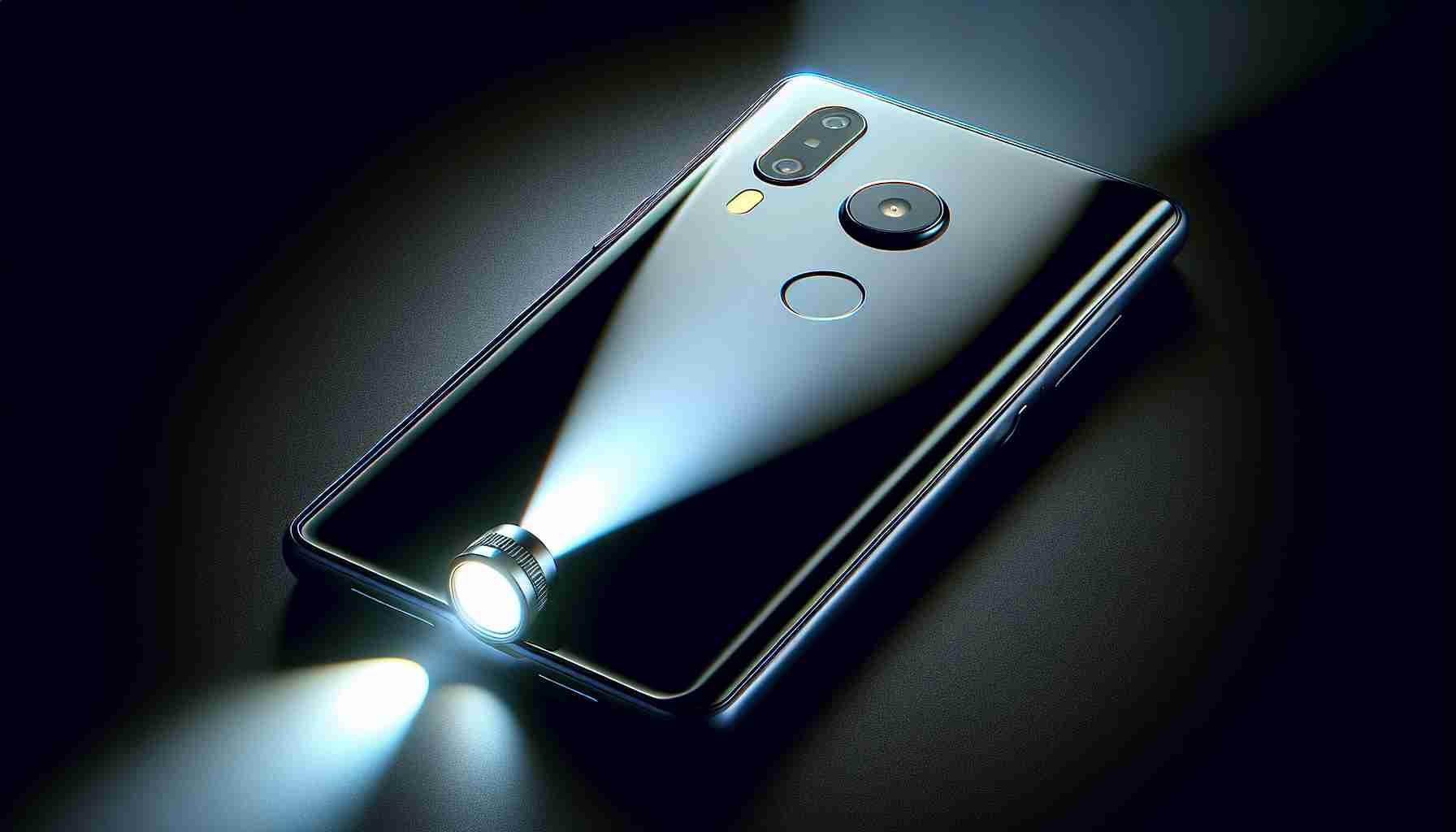Unlocking the Full Potential of Your Google Pixel’s Flashlight
Owners of Google Pixel smartphones may have wondered why the built-in flashlight seems dimmer than expected. A recent finding by tech enthusiasts has shed light on this illuminating issue—the flashlight function on Pixel devices has been restricted to just 50% of its maximum capacity.
Despite being a powerhouse in the tech industry, Google has maintained a default setting on Pixel phones that constrains the flashlight’s brightness to half of what the LED is capable of producing. This revelation helps to explain why some Pixel users might face challenges when searching for items in low-light environments.
However, there is a workaround for those requiring more luminosity. By utilizing certain third-party applications, Pixel owners can manually increase the intensity of their flashlights beyond the 50% threshold. Among the recommended options is an app called Flashlight Tiramisu, which can be installed outside the Play Store framework.
Other apps available in the Google Play Store can also offer similar functionality. After installation, users can verify the current setting and, if necessary, amplify the brightness level to suit their needs.
The rationale behind Google’s decision to limit the LED brightness on Pixel phones remains uncertain. Speculations point to concerns about potential damage to the device or the LED with extended use at full intensity. Notably, this conservative approach contrasts with other smartphone manufacturers that permit full flashlight brightness control. Regardless of the reasons, Pixel users now have an alternative that can light up their surroundings just a bit more.
Understanding Flashlight Limitations on Google Pixel Phones
Google Pixel smartphones are equipped with LEDs that serve as a flashlight, often useful in various everyday scenarios. This feature is particularly handy in situations where there is a lack of sufficient lighting, such as power outages, evening walks, or finding items in the dark. However, the discovery that Pixel smartphones only utilize 50% of the LED’s potential brightness has left users with a less powerful flashlight than they could have.
Key Questions and Answers:
– Why would Google limit the flashlight’s brightness? It’s speculated that Google might have imposed this limit to prevent overheating, preserve battery life, or extend the longevity of the LED.
– Can using the flashlight at full brightness damage the phone? Using the LED at its maximum capacity might lead to higher temperatures, which could potentially affect the phone’s hardware over extended periods.
– Is it safe to use third-party apps to increase brightness? While third-party apps can unlock full brightness, users should be cautious as this could void the warranty or cause unforeseen damage to the device.
Challenges and Controversies:
One challenge associated with enabling the flashlight to operate at 100% brightness is the potential risk of damage or reduced lifespan of the LED. Users who choose to bypass the default setting may face hardware issues that could have been avoided. The debate revolves around user control versus manufacturer-imposed limitations for the sake of device preservation.
Advantages and Disadvantages:
– Advantages:
– Increasing the flashlight’s brightness can improve visibility in dark environments.
– User empowerment through the ability to modify device settings to suit personal needs.
– Disadvantages:
– Increasing brightness beyond recommended levels can lead to overheating and decreased LED lifespan.
– Voiding the warranty due to use of unofficial software modifications.
For those who are looking for official information, updates, or direct support, they can visit the Google Pixel’s main domain through this link. It is important to ensure that the URL is valid and not to rely on unverified sources.
The source of the article is from the blog agogs.sk
